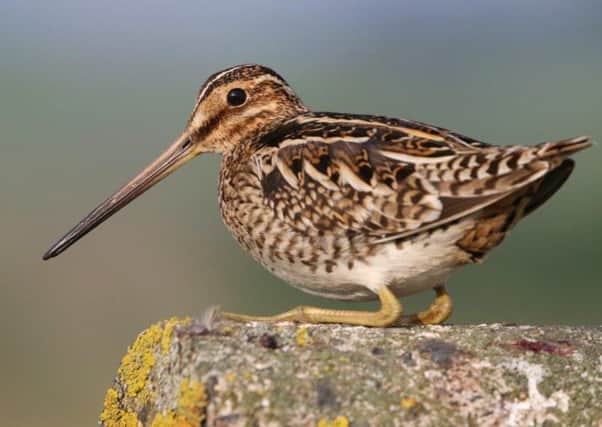Survey reveals mixed fortunes for Glenwherry's wonderful wildlife


Conservation charity RSPB Northern Ireland provides habitat management advice to over 70 landowners and surveys the area each year to establish how the birds which make their home there are faring and it seems, from the latest annual breeding bird surveys in the area, they’ve had mixed fortunes.
This spring and summer, two fieldworkers surveyed more than 32 square kilometres – that’s the equivalent of around 4,500 football pitches!
Advertisement
Hide AdAdvertisement
Hide AdOverall, the number of breeding waders in the area increased to 247 pairs - the highest number recorded since the 1980s.
This increase was largely due to the phenomenal success of snipe. A total of 164 pairs were recorded, up 36 per cent on 2015. Two surveys sites recorded over 20 chipping or drumming birds on a single visit.
The season, however, wasn’t without difficulties – predominately the weather.
Conditions in March and April were particularly inclement and it’s thought adult birds may have struggled to get into good condition to breed, while wind and rain later in the summer impacted on chick survival.
Advertisement
Hide AdAdvertisement
Hide AdA respectable 44 pairs of curlews were recorded. However, only around 39 per cent of pairs hatched young, with sadly no more than five pairs fledging young. Lapwings also had a challenging season, with a slight drop in numbers to 39 pairs. However, 12 pairs at two sites fledged an amazing 16 young between them.
Other successes included 60 singing male sedge warblers, up from 37 last year, and 35 singing male grasshopper warblers, up from 19 in 2015. RSPB NI fieldworkers also recorded 165 spikes of beautiful lesser butterfly orchids.
Conservation Advisor for the area, Neal Warnock, said: “The habitat was in great condition in the early spring thanks to the efforts of local farmers and birds arrived in very good numbers. Sadly, many struggled to produce young but, as they were very productive over the last couple of years, this dip in form shouldn’t impact the population.”